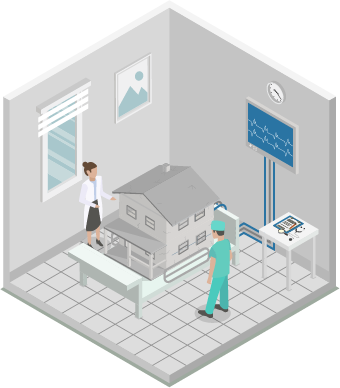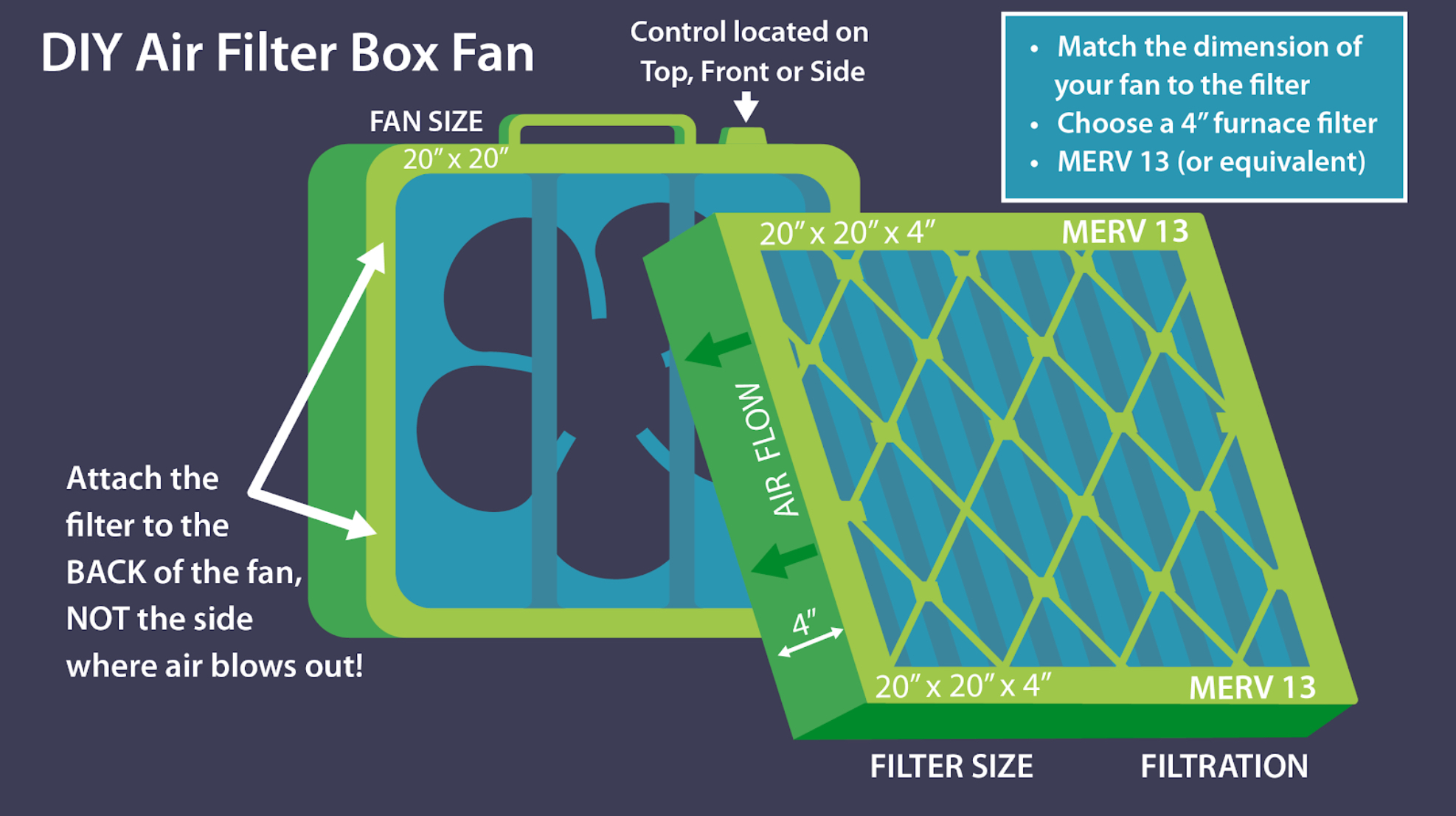Thanks to Jeff May, May Indoor Air Investigations LLC for some of the content in our post.
Winter Moisture Minimizing Tip #1: Keep your exterior closet(s) warm!
Did you know that a closet with one or more walls facing the exterior can retain excess moisture? This can lead to mold growth on those walls as well as on items stored inside, especially the ones on the floor.
Here are a few do’s and don’ts to help keep your exterior facing closets mold-free:
- Don’t: Overstuff the closet
Leave space between items and the walls and keep contents off the floor, shoes should be in a shoe rack. - Don’t: Put carpet or rugs on closet floor
Carpets trap dust, which can accelerate mold growth. Keep floors and baseboards dust-free. If your closet is carpeted then make sure it is included in your routine vacuuming. - Do: Keep the closet warm
If the rest of the house is warm, you can also keep the door of the closet open to let warm air circulate or install a louvered rather than a solid door.
Usually just turning the light on is enough to do the trick, but you may find you need a speciality heater for large closets.
Winter Moisture Minimizing Tip #2: Heat your home evenly
In the winter, it’s tempting to heat only the rooms that you use frequently and leave other rooms unheated until they are needed. Closing off supply registers reduces the efficiency of the system. Closing the doors to individual rooms makes the system imbalanced. A balanced system the supply air goes back to the return and is reheated. If the supply air is reduced your furnace will pull air from outside to make up the difference, causing cold air drafts.
While you think closing off rooms may save you a little money on your heating bills, it can have the unintended consequence of rooms with cold walls and floors and elevating the relative humidity (RH) in the unheated room(s). This can occur even if the rooms are above grade (i.e., not the basement). Elevated RH increases the risk of mold, so keep rooms as evenly heated as possible by not closing off registers or individual doors.
Winter Moisture Minimizing Tip #3: Don’t over-humidify
In the winter, the cold air that seeps into your home from the outside is “dry,” it has lower humidity — meaning that it carries less moisture than it does in the summer. To address the cold, dry air coming in, many people turn up the heat, which adds warmth but can further dry out the indoor air. The result can be uncomfortable for some who experience increased allergies and asthma, sinus congestion, dry skin, and nosebleeds.
To compensate, some people add moisture to their indoor air with a humidifier. This can improve comfort but may have the unintended consequence of elevated humidity that can allow dust mites and promote mold growth. When homes are closed up to keep in heat you are also keeping in moisture.
DID YOU KNOW? The average person gives off 5 1/2 pints of water vapor a day. Cleaning, bathing, and cooking produce about 1 pint each. That means a family of 4 can generate 32 pints (4 gal.) of water vapor a day!
Add moisture carefully. The following tips can help keep you comfortable and mold risk minimized:
- Run the exhaust fan over your stove every time you cook or bake. If you don’t have a fan, consider cracking open a window.
- Run the bathroom exhaust fan during and for at least 20 minutes after bathing. Leave the door open to help dry surfaces.
- If you have a central humidification system, keep the relative humidity (RH) under 40% (lower in extreme cold). The same holds true if you use a portable humidifier in any particular room. Consider getting an inexpensive thermo-hygrometer to keep tabs on the RH around your home.
See Jeff’s full article here: http://bpihomeowner.org/blog/9-tips-controlling-moisture-levels-your-home-1
Hayward Score helps you discover how your home may be impacting your health in minutes – – for FREE!
Answer a quick set of questions then get a personalized list of action items. Transform your home and health today!

ARE YOU CONCERNED YOUR HOME IS MAKING YOU SICK?
Our guide on indoor quality will help you diagnose possible issues and implement intelligent solutions to improve the quality of the air inside your home.















